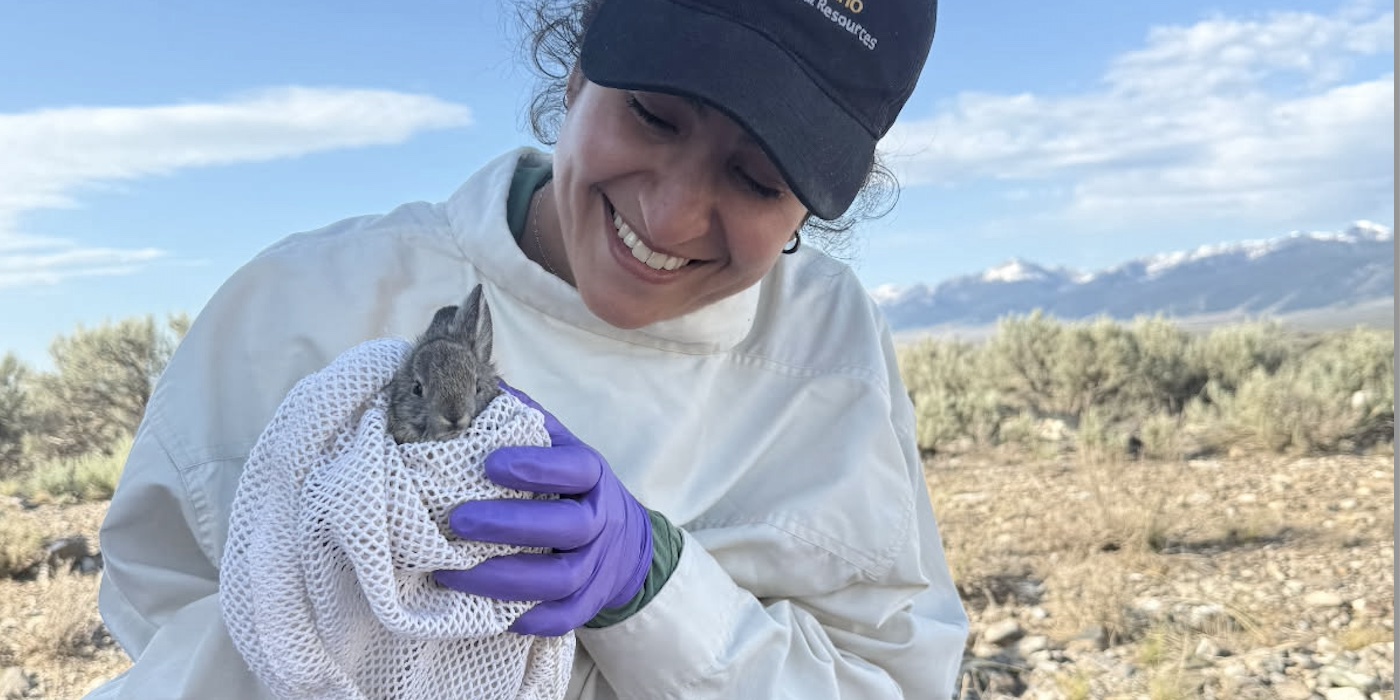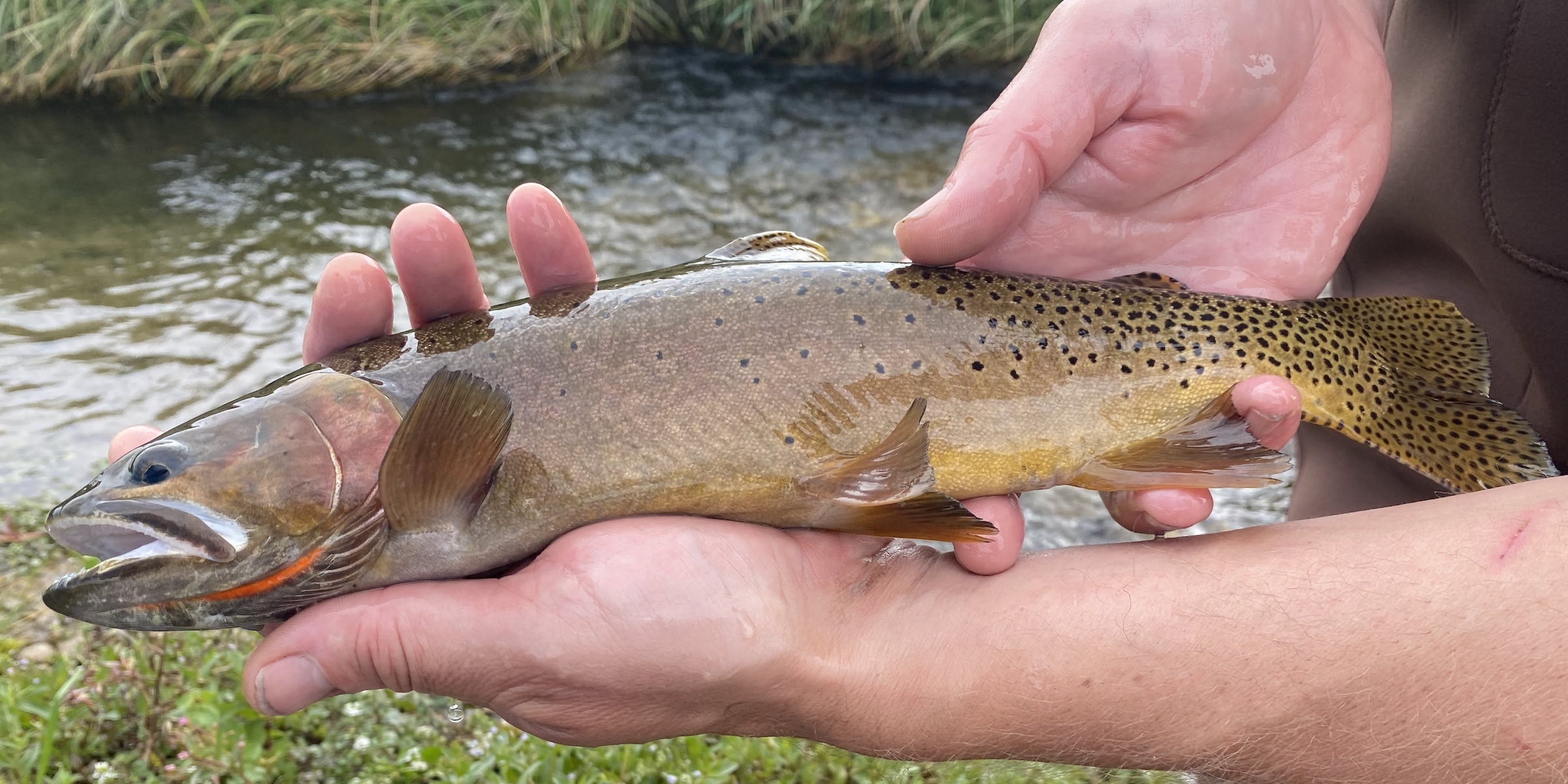
Population genomics...
Genomic tools have revolutionized biology. Our lab uses techniques such as Restriction site-Associated DNA sequencing (RADseq) and whole-genome sequencing, combined with bioinformatics and mathematical modeling rooted in evolutionary genetics theory. Together with minimally invasive sampling of DNA, these approaches can be used in natural populations to reveal insights about adaptation to changing environments, population structure and phylogeography, disease resistance, inbreeding, the genetic basis of complex phenotypes, hybridization, and population history.

...for conservation
Our genomics projects focus on multiple threatened species of fish, mammals, birds, and other living things. Lab members are currently working on adaptation and genetic diversity in bulltrout, the capacity of predator-prey systems to respond to climate change, persistence of pygmy rabbit populations experiencing climate change, hybridization and hatchery effects in trout, adaptation in burrowing owls, and more. Working with conservation practitioners, our goal is to provide useful scientific information for the management of threatened species and ecosystems.